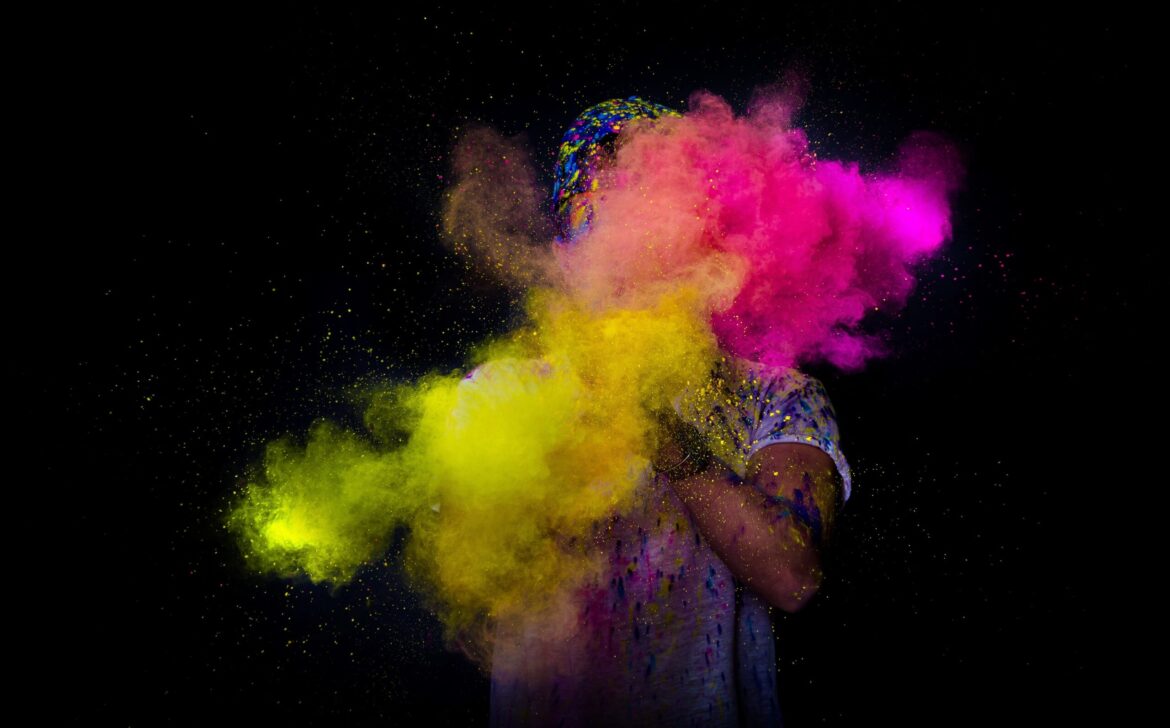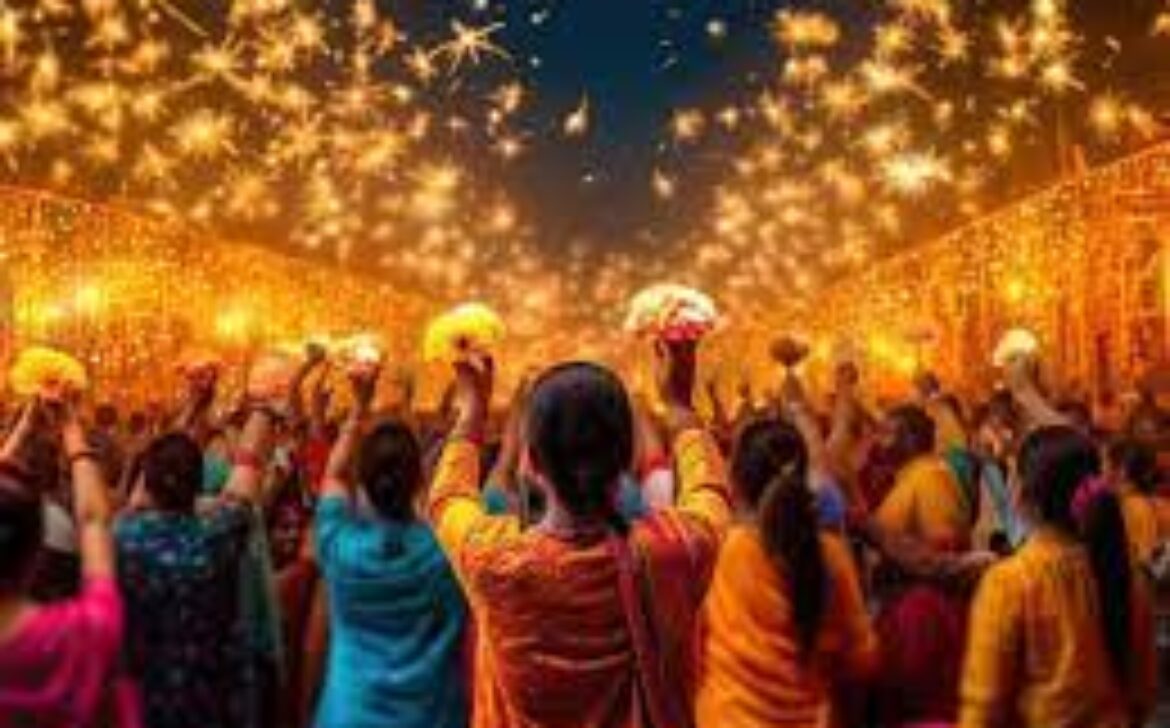Chill Out and Clear Your Head
Life is busy, right? You’re always running around, doing stuff. This can make your head feel full and tired. That’s where learning to chill out and clear your head can help. It’s like giving your brain a rest. Chilling out and clearing your head means paying attention to what’s happening right now. It’s like really looking at the world around you, such as the sounds, how things feel, and what you’re tasting. For instance, imagine you’re driving and see a pretty sunset. Chilling out is like looking at that sunset and really seeing it. Some people think chilling out is strange. They think you have to sit still and make funny noises. Nope! You can chill out and clear your head anywhere: in your car, at work, or even while waiting in line. It’s about taking a little time to calm down your brain and focus on your breath. Chilling out and clearing your head can help you do your work better. You’ll be calmer and able to think more clearly. Additionally, it can also help you sleep better, be nicer to people, and feel happier. It’s like giving your brain a superpower! You don’t need a lot of time to chill out and clear your head. Try it while you eat, walk, talk to someone, or even take a shower. At first, it might be hard to chill out and clear your head. Your brain is used to being busy. That’s okay! Just keep trying. If your brain starts racing, count your breaths or say “I’m here now” to yourself. Try to chill out and clear your head a little bit every day. It’s like brushing your teeth. The more you do it, the easier it gets. So, want to give it a try? Your brain will thank you! Do you want to learn how to chill out at work or when you go to sleep? Check out our guide on self-care techniques.
Chill Out and Clear Your Head
What’s the Big Deal About Chilling Out?
Thinking Quiet Time is Weird?
Why Bother to Chill Out?
How to Chill Out and Clear Your Head
Chilling Out Anytime
It’s Okay to Mess Up
Make it a Habit
Learn More
Outbound Links














